News
Maximize Efficiency in Operations with Touch Screen Panels:Empowering Productivity and Innovation in the Digital Age
Maximize Efficiency in Operations with Touch Screen Panels:Empowering Productivity and Innovation in the Digital Age
Introduction: Embracing a Touch-Driven Operational Future
In today’s rapidly evolving digital landscape, organizations across industries are under constant pressure to enhance efficiency, minimize operational bottlenecks, and improve user engagement. One technology playing a transformative role in this evolution is the touch screen panel.
Whether in manufacturing plants, hospitals, retail stores, or classrooms, touch screen panels simplify complex workflows, reduce hardware dependencies, and enable intuitive, real-time interactions. This article dives deep into how touch screen technology is revolutionizing operations and offers strategic insights for successful implementation.
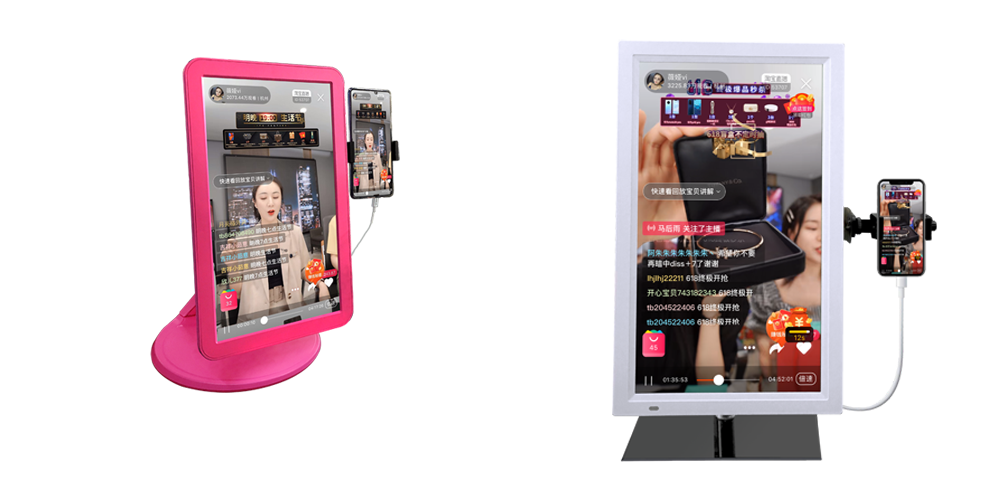
1. Understanding Touch Screen Panels: A Technological Overview
What Are Touch Screen Panels?
Touch screen panels are interactive display interfaces that allow users to operate systems through direct touch gestures—eliminating the need for separate input devices like keyboards or mice. From compact control interfaces to expansive digital kiosks, these panels are redefining how users interact with machines and software.
Types of Touch Screen Technologies
Each touch technology caters to specific operational needs. Understanding the distinctions helps in making informed decisions:
-
Resistive Touch Screens
-
Operated through pressure between two layers.
-
Suitable for environments requiring gloves or styluses (e.g., industrial or medical settings).
-
Pros: Low cost, durable under harsh conditions.
-
-
Capacitive Touch Screens
-
Use the electrical properties of the human body.
-
Ideal for consumer electronics and sleek commercial interfaces.
-
Pros: High responsiveness, supports multi-touch.
-
-
Infrared (IR) Touch Screens
-
Utilize infrared beams across the screen to detect interruptions.
-
Used in large public displays and information terminals.
-
Pros: No need for pressure or conductivity, excellent durability.
-
-
Optical Imaging Touch Screens
-
Employ optical sensors or cameras to locate touch points.
-
Found in kiosks, interactive whiteboards.
-
Pros: Scalable to large sizes, multi-touch capable.
-
2. Key Benefits of Integrating Touch Screen Panels into Operations
Enhanced User Experience and Engagement
Touch interactions—such as swiping, pinching, and tapping—are instinctive. Whether for staff or end-users, this intuitive design minimizes learning curves and maximizes engagement, especially in customer-facing environments.
Streamlined Workflow and Increased Productivity
Touch screens consolidate multiple input methods into a single interface. By eliminating peripherals and simplifying access to operational software, they:
-
Reduce the number of steps per task.
-
Accelerate decision-making.
-
Lower error rates in data entry.
Real-Time Data Access and Process Control
With touch screen-enabled systems, users gain instant access to dashboards, analytics, and critical data. In dynamic environments like logistics or production, this real-time interaction can make the difference between smooth operation and costly delays.
Cost Efficiency and Space Optimization
While the upfront investment may be higher than traditional setups, touch screen panels reduce long-term costs by:
-
Minimizing the need for auxiliary equipment.
-
Reducing maintenance and replacement cycles.
-
Saving workspace through compact, all-in-one designs.
Customization and Scalability
Businesses can deploy custom software tailored to specific operational flows—whether it's a warehouse inventory system or a hospital EHR interface—making the technology scalable and adaptable to future needs.
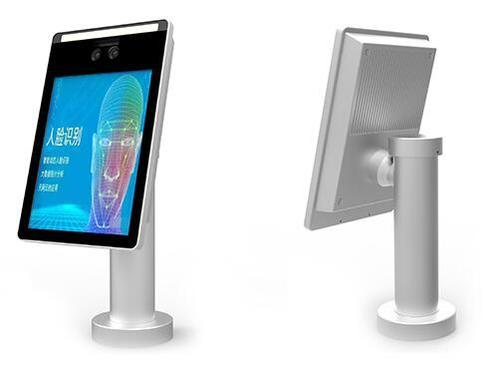
3. Industry Applications: From Shop Floors to Classrooms
Retail and Hospitality
-
Use Cases: Interactive product displays, self-checkout systems, loyalty program kiosks.
-
Impact: Reduced wait times, improved customer satisfaction, enhanced upselling through engagement.
Healthcare
-
Use Cases: Digital patient records, nurse station controls, operating room interfaces.
-
Impact: Faster patient processing, minimized paperwork, improved diagnostic efficiency.
Manufacturing and Logistics
-
Use Cases: Equipment monitoring dashboards, production line controls, supply chain tracking.
-
Impact: Enhanced accuracy, streamlined inventory flow, faster issue resolution.
Education and Training
-
Use Cases: Smart classrooms, training simulators, interactive whiteboards.
-
Impact: Higher retention rates, collaborative learning, digital curriculum integration.
Banking and Finance
-
Use Cases: Self-service terminals, ATM touch interfaces, customer service kiosks.
-
Impact: Lower staffing needs, 24/7 service availability, improved user satisfaction.
4. Implementation Strategies for Operational Success
Choosing the Right Touch Screen Panel
-
Considerations:
-
Screen size and resolution based on usage environment.
-
Durability (e.g., IK10 rating for public/industrial use).
-
Environmental resistance (temperature, humidity, dust).
-
Interface compatibility (USB, I2C, RS232, etc.).
-
Developing Custom Interfaces
Invest in custom UI/UX designs and applications that:
-
Address specific operational tasks.
-
Minimize user errors.
-
Optimize screen space for critical functions.
Comprehensive Employee Training
Ensure a successful rollout through:
-
Interactive training modules.
-
On-site demonstrations.
-
Ongoing support and feedback loops.
Routine Maintenance and Support
-
Schedule regular cleaning and calibration.
-
Keep firmware and software updated.
-
Partner with reliable vendors for long-term support.
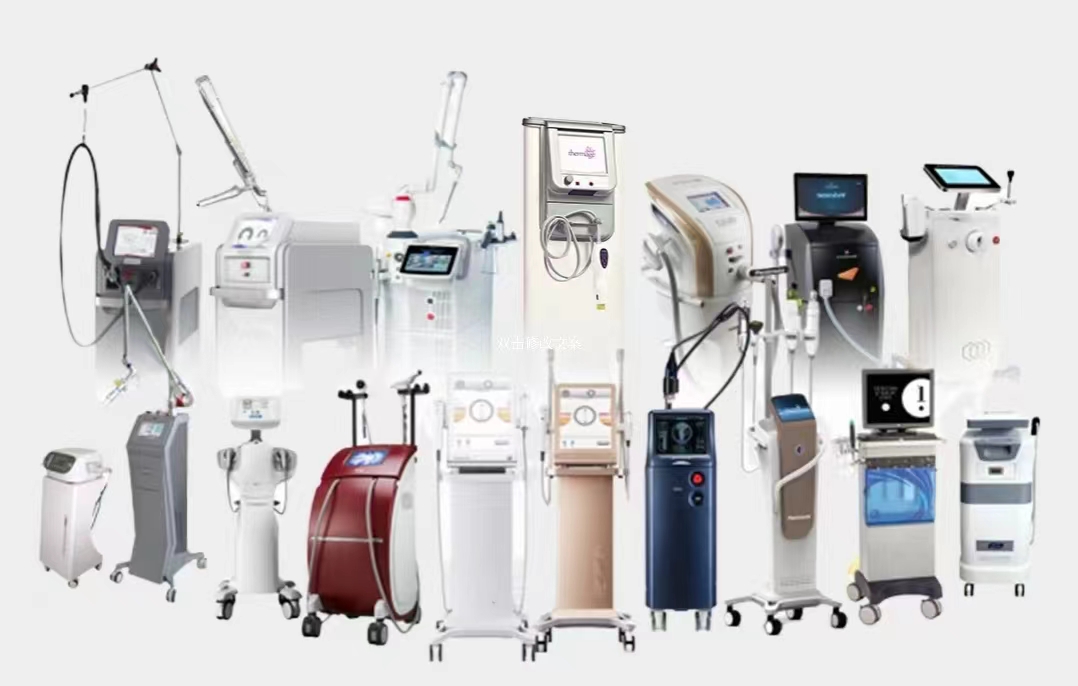
5. Overcoming Implementation Challenges
Addressing Change Resistance
Change management strategies should include:
-
Transparent communication about benefits.
-
Involving end-users in early testing.
-
Gradual integration alongside legacy systems.
Ensuring Technical Stability
-
Maintain strong IT support during early stages.
-
Use systems with diagnostic and remote management features.
-
Choose hardware with proven reliability.
6. Future Trends: The Evolution of Touch Interface Technology
-
AI-Driven Touch Interfaces
Predictive UI and analytics-driven personalization enhance both operational and customer experience. -
AR and VR Integration
Advanced training, maintenance guidance, and product visualization are becoming more immersive. -
IoT and Cloud Connectivity
Touch screens are evolving into intelligent hubs—centralizing control across connected devices and cloud-based systems. -
Flexible and Transparent Displays
Innovations in materials are introducing foldable, bendable, and glass-integrated screens for futuristic applications.
FAQs: Clarifying Common Questions
Q: What makes capacitive touch screens better for modern business use?
A: Capacitive touch screens offer faster, more accurate responses, multi-touch capability, and sleeker aesthetics—ideal for consumer-focused or interactive environments.
Q: Can touch screen panels be used in extreme environments?
A: Yes. Industrial-grade touch screens can be ruggedized for temperature extremes, moisture, and physical impact, suitable for factories, outdoors, and medical clean rooms.
Q: How do touch screens improve ROI over time?
A: By reducing hardware complexity, minimizing training needs, and accelerating operations, they deliver measurable productivity gains and cost savings.
Conclusion: Driving Operational Excellence through Touch Screen Innovation
Touch screen panels are no longer just convenience tools—they’re critical enablers of digital transformation. By simplifying interfaces, enhancing interaction, and enabling real-time decision-making, they empower organizations to run smarter, faster, and more efficiently.
As industries continue to modernize, touch screen technology will serve as the cornerstone of streamlined operations. With thoughtful planning, customization, and support, businesses can unlock powerful advantages that translate into tangible productivity and profitability gains.

Ready to Build Your Outdoor Display Solution?
Get in touch with us at sales@szdingtouch.com. Our expert engineers will help you design a cost-effective, tailored solution to meet your project’s exact specifications.
DINGTouch :Committed to continuous innovation and improvement of product quality to meet customers' high requirements and expectations.
DINGTouch is a manufacturer that provides high quality touch screen panels. Focus on the design, manufacturing and sales of touch screen panels, and are committed to providing customized solutions that satisfy customers.
DINGTouch: In the process of customizing touch screen panels, we focus on close cooperation and communication with customers. Understanding customers' needs and providing customized solutions will meet customers' individual needs. The company's products are favored by customers for their high quality and reliability, and provide them with the best touchscreen panel solutions.
DINGTouch :Committed to continuous innovation and improvement of product quality to meet customers' high requirements and expectations.
DINGTouch is a manufacturer that provides high quality touch screen panels. Focus on the design, manufacturing and sales of touch screen panels, and are committed to providing customized solutions that satisfy customers.
DINGTouch: In the process of customizing touch screen panels, we focus on close cooperation and communication with customers. Understanding customers' needs and providing customized solutions will meet customers' individual needs. The company's products are favored by customers for their high quality and reliability, and provide them with the best touchscreen panel solutions.
At DINGTOUCH, we are the world's leading touchscreen manufacturer, helping businesses around the world take advantage of this exciting technology. For more information, please visit the home page now.
Find the DINGTouch technical team to achieve the success of your company's new project.
DINGTouch is a company specializing in the R&D and production of touch screen technology, headquartered in Shenzhen, China. As a professional touch screen supplier, DINGTouch is committed to providing high-quality, stable and reliable touch screen products to meet the diverse needs of customers. We continue to carry out technological innovation and product optimization to ensure that its touch screen products have good sensitivity, accuracy and durability.
In addition to the products themselves, we also focus on cooperation and communication with customers, and are committed to providing customized solutions and excellent after-sales services. Through continuous efforts to improve product quality and customer satisfaction, we have established a good reputation in the touchscreen industry and won widespread market recognition.
In addition to the products themselves, we also focus on cooperation and communication with customers, and are committed to providing customized solutions and excellent after-sales services. Through continuous efforts to improve product quality and customer satisfaction, we have established a good reputation in the touchscreen industry and won widespread market recognition.
What DINGTOUCH can do:
• PCAP maximum size 65”
• Multi-touch (Touch screen can be customized to your needs.)
• Optical bonding service/air bonding
• LCD interface: HDMI/RGB/MIPI/LVDS/EDP, etc.
• PCAP interface: IIC/USB interface
• CTP can customize the cover glass surface treatment process AG (anti-glare), AR (anti-reflection), AF (anti-fingerprint), waterproof, and glove touch
• Supports 0.55 mm-12 mm coverslip touch.
• Support operating temperature: -40℃-90℃.
Dingtouch Industrial Capacitive Touch Screen Manufacturer
In conclusion, Dingtouch as a professional touch screen manufacturer with more than 10 years touch screen experience.We have many capacitive touch screen. Such as5 inch touch screen,7 inch touch screen,10.1inch touch screen,15 inch touch screen,15.6 inch touch screen,17 inch touch screen,18.5 inch touch screen,19 inch touch screen,21.5 inch touch screen,32 inch touch screen, However, we also welcome to customize your own touch screen . Contact our team today to learn what capacitive touch screen are best for our retail business needs.
Contact us NOW! sales@szdingtouch.com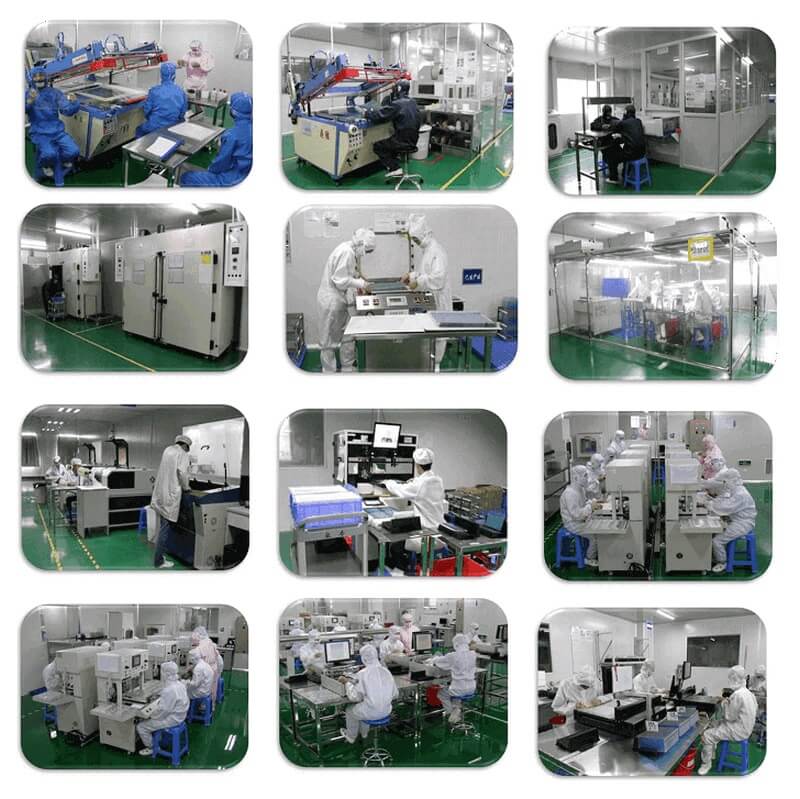
CATEGORIES
CONTACT US
Contact: Dingtouch
Phone: +8615815536116
Tel: +8615815536116
Email: sales@szdingtouch.com
Add: Building A, Bailu Plaza, No. 48, Gonghe Industrial Road, Gongle Community, Xixiang Street, Baoan District, Shenzhen,China. 518126
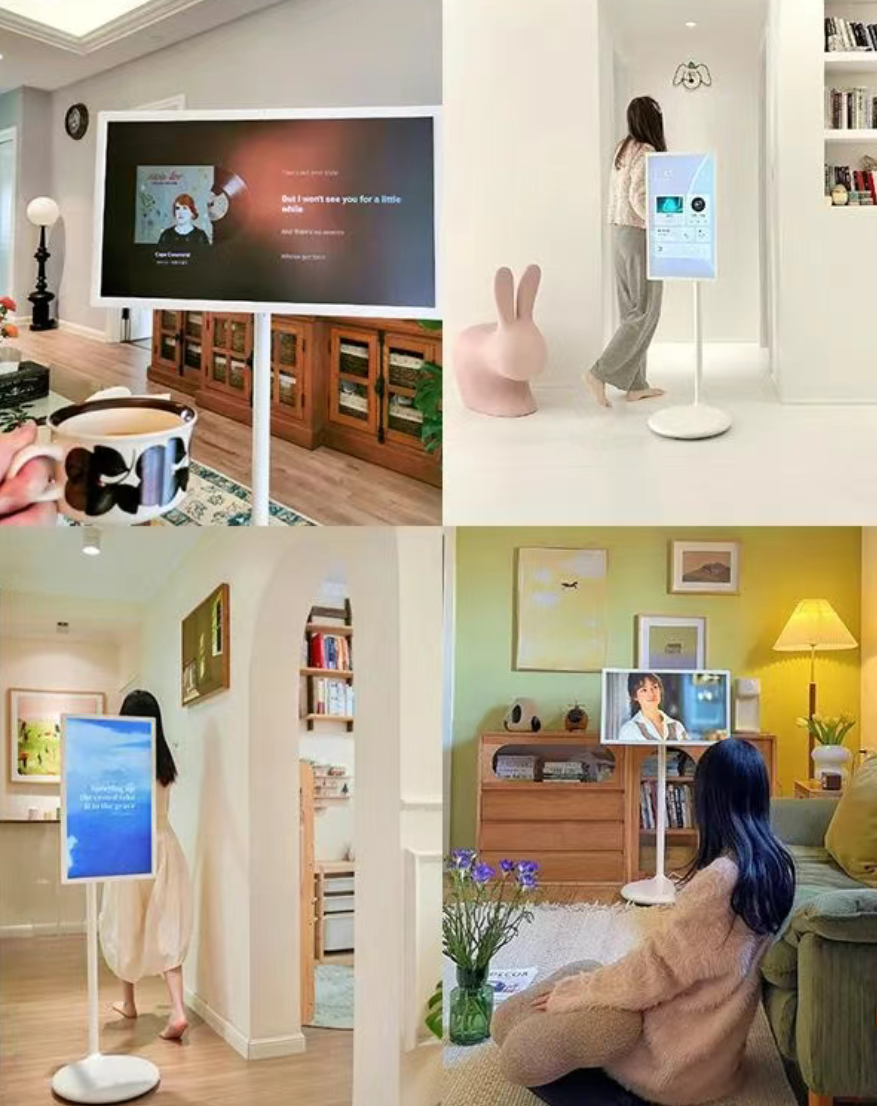
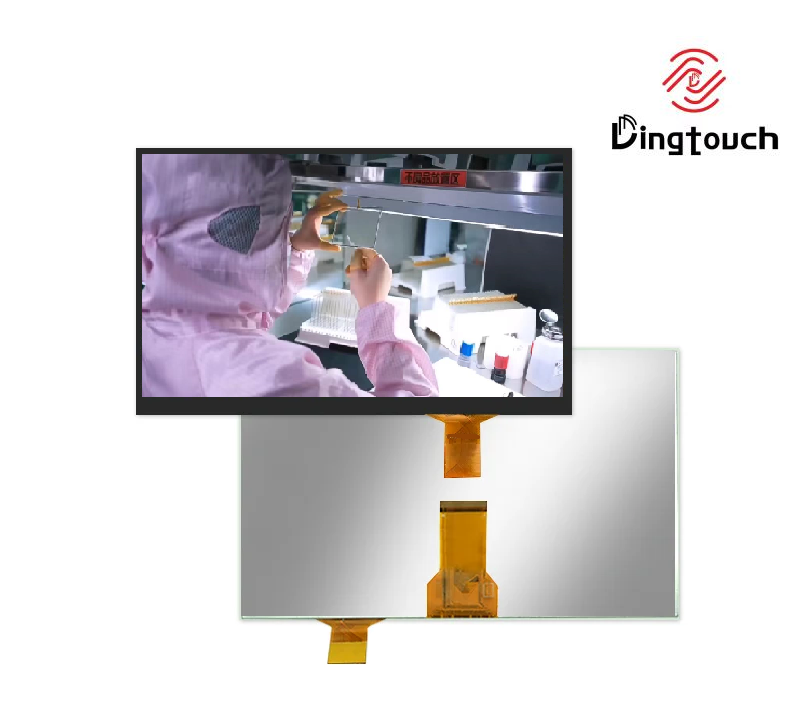
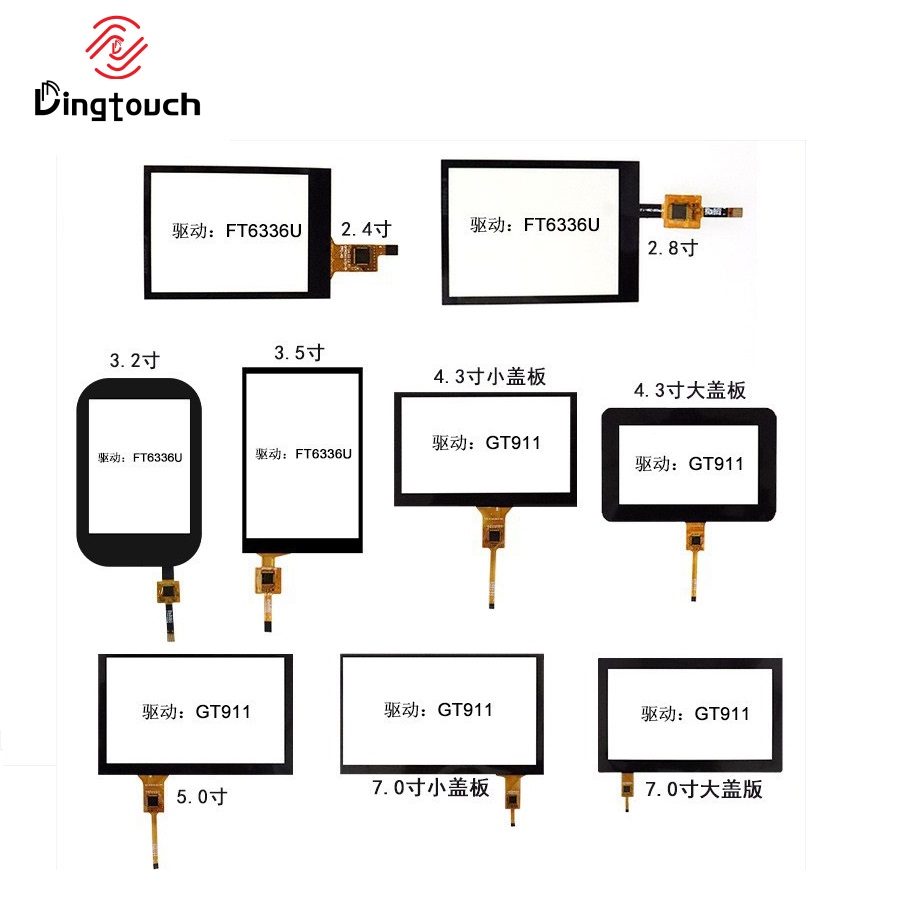



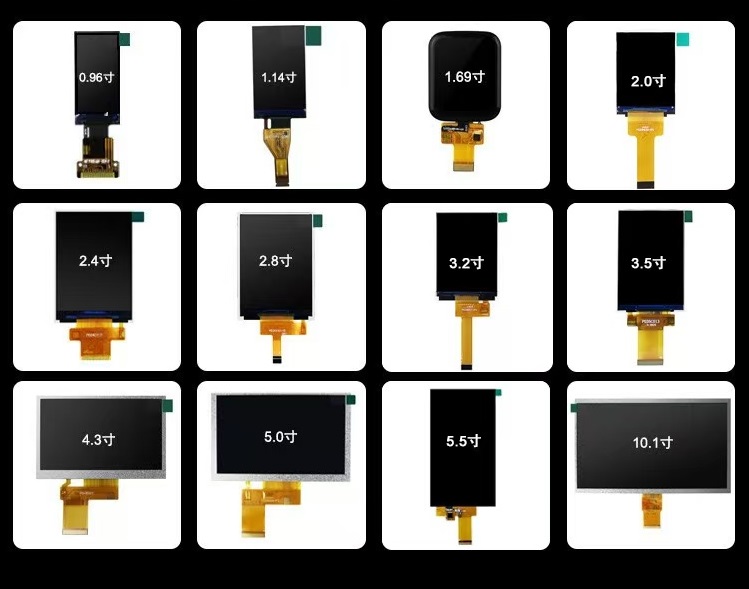
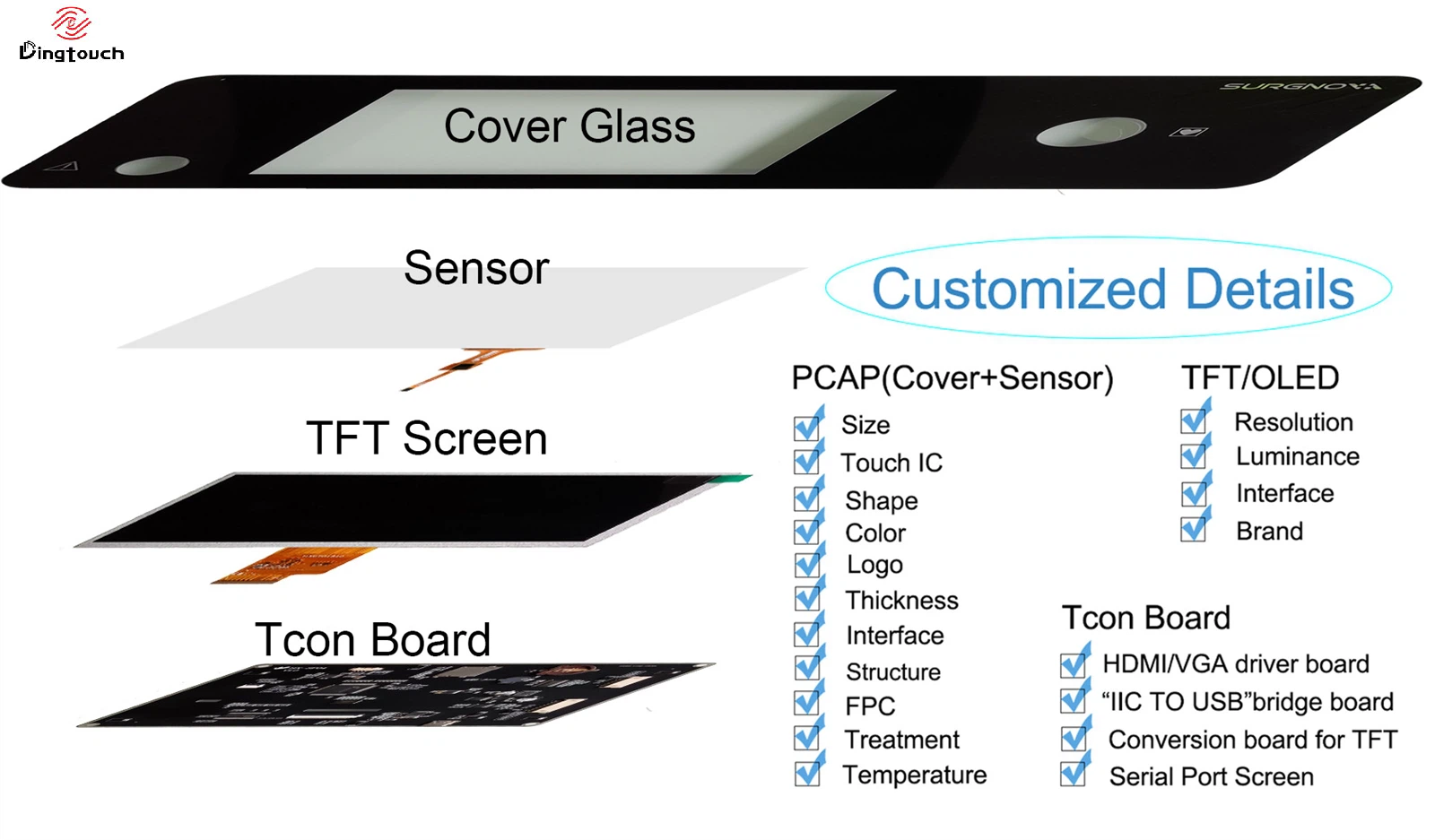
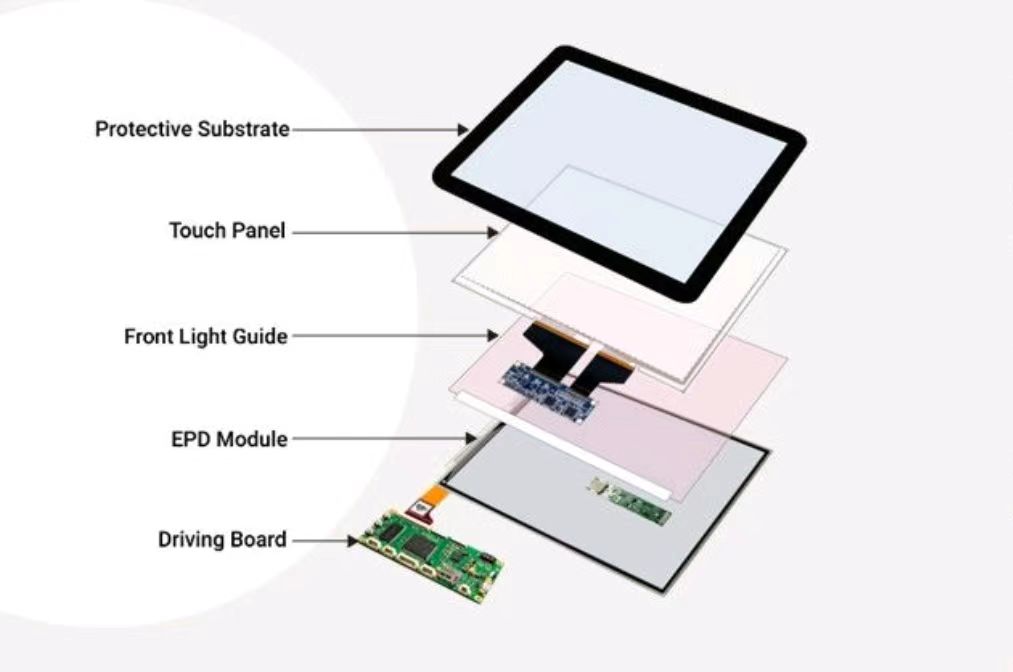


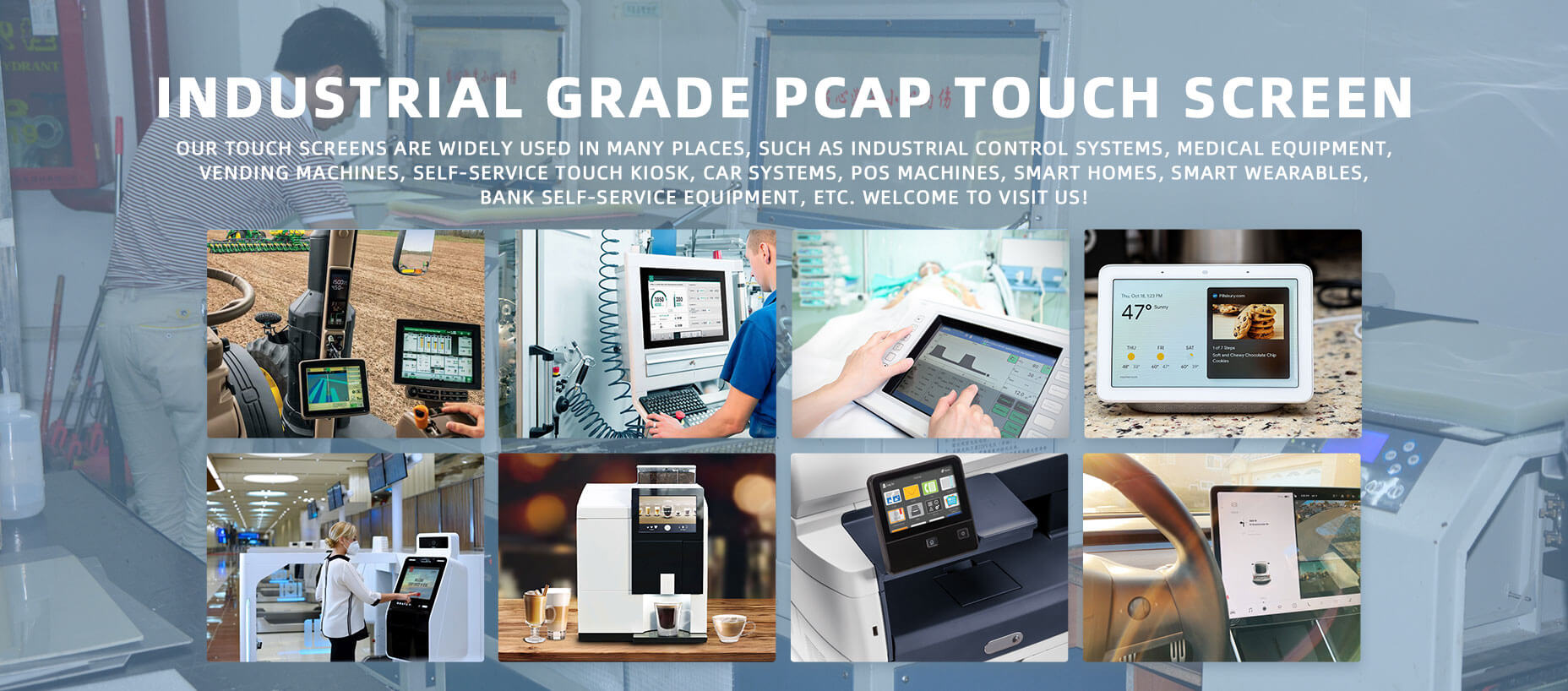
 Dingtouch
Dingtouch